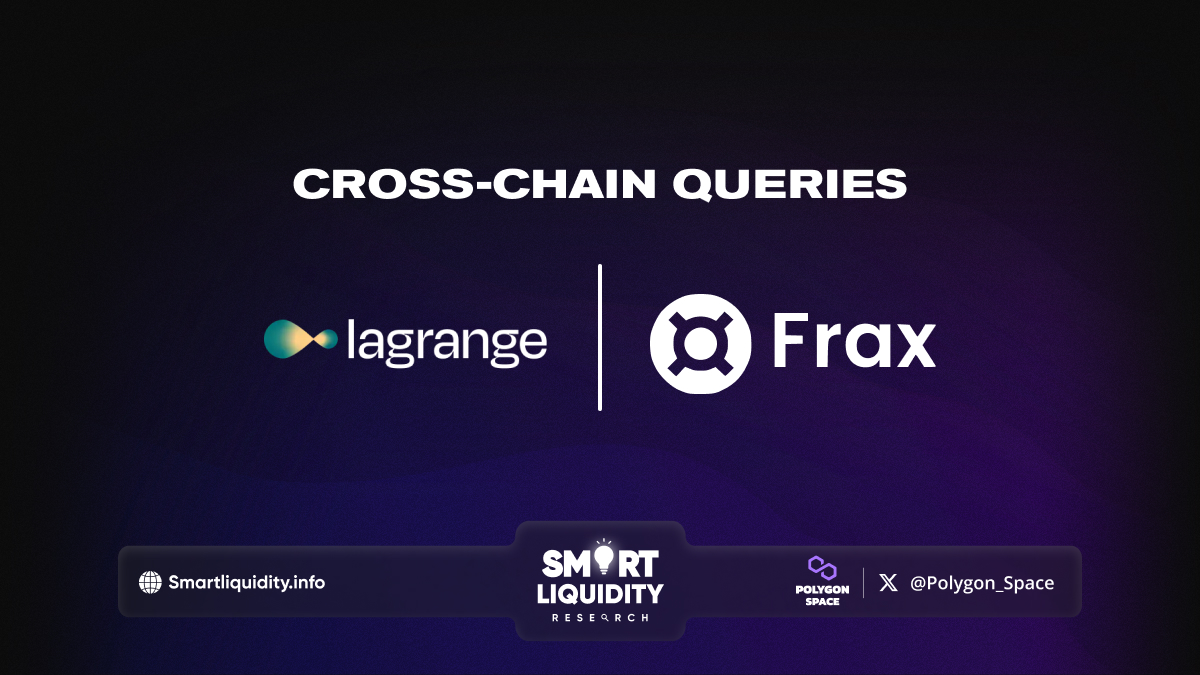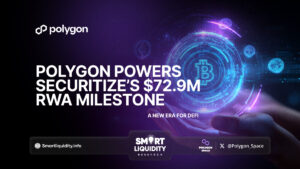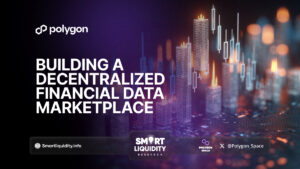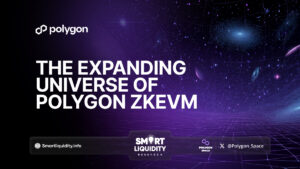Frax and Lagrange Cross-Chain Queries


Lagrange Labs is excited to share that Lagrange and Frax Finance have partnered to enable developers to perform cross-chain querying from Fraxtal, using Lagrange’s Zero Knowledge (ZK) Coprocessor.
This integration is a game changer for developers, offering them the ability to send a query from their smart contract and get the ZK-proven result cheaply and blazingly fast on an L2 chain like Fraxtal, even for data that is from a different blockchain, such as Ethereum. There’s also no need to build out bespoke data processing mechanisms or rely on intermediaries, and developers can leverage the strong security guarantees provided by ZK proofs. In short, this capability unlocks a whole new array of cross-chain and big data applications that weren’t previously feasible.
About Lagrange’s ZK Coprocessor
Lagrange’s ZK Coprocessor tackles the scalability issues of onchain applications by preprocessing blockchain data into a Verifiable Database. It employs an off-chain network of nodes to execute parallelized computations and generate ZK proofs, which are then brought back onchain. The coprocessor relies on a network of provers staked on EigenLayer, ensuring the liveness of proofs with cryptoeconomic guarantees. Nodes failing to deliver correct proofs face economic penalties. This hyper-parallel coprocessor enables developers to query large sets of blockchain data directly from smart contracts efficiently.
How It Works
Lagrange’s ZK Coprocessor consists of independent provers executing computations in parallel under the coordinator’s direction. It interfaces with blockchain data, such as Ethereum, for tasks like reading updates or sending query results. Integrated with Fraxtal, it acts as an intermediary, processing queries from Fraxtal smart contracts about Ethereum data, executing computations, and sending proof-based results back. For instance, in an app allowing Pudgy Penguin holders to mint NFTs, the ZK Coprocessor enables direct querying from Fraxtal, offering gas savings and eliminating the need for separate data processing or oracles.
Exploring Additional Functionalities Together
Looking beyond simple querying of an NFT contract, the Lagrange ZK Coprocessor enables a variety of new dynamic DeFi primitives to be built by developers on Fraxstal. Frax and Lagrange will be continuing to work closely together to pursue use cases related to using large scale verifiable computation to unlock new capital efficient DeFi primitives.
For example, the balance of Frax Shares (FXS) staked by a user on L1 are currently summed with their L2 FXS stake to create their veFXS balance on the veFXSCounter L2 contract. With Lagrange’s ZK Coprocessor, any application on Fraxtal can verify a proof of the result of an SQL query over either the veFXS contract on Ethereum mainnet or Fraxtal L2. This enables applications to easily integrate veFXS positions into their contract logic, irrespective of which chain they are staked on. As Frax and FXS continue to spread across the rollup ecosystem, native staking of FXS can be made possible on veFXS contracts on any other L2. Lagrange’s ZK Coprocessor proofs can act as a glue to easily sum the balance of positions across each of these execution spaces.
Moreover, applications on Fraxtal can implement their own staking logic similar to veFXS with any ERC20 without requiring a sequencer update to adjust the sum of positions within the L2 contract.
Another relevant use case of Lagrange’s ZK Coprocessor with Fraxtal is blockspace incentives based on cross-chain positions. For example, the Flox Rank of a user could be amplified through a boost function that incentivizes users to provide liquidity in a DEX on Ethereum for a FRAX or FXS asset pair. With Lagrange’s ZK Coprocessor, Frax and other protocols building on Fraxtal can easily implement these mechanisms by verifying proofs of SQL computation over Ethereum mainnet state.
About Fraxtal & Frax Finance
Fraxtal is a modular rollup from Frax Finance that utilizes the OP stack for its smart contract platform and execution environment. To fuel the ecosystem, Fraxtal has blockspace incentives called Flox that reward users and developers for spending gas and interacting with any smart contract on the network. The native gas token is Frax Ether (frxETH) issued by Frax Finance.
Frax is a DeFi protocol that issues decentralized stablecoins and supports them with an ecosystem of sub-protocols. Unlike traditional stablecoins that are backed by fiat reserves, Frax achieves stability and ensures decentralization through both a collateralized and an algorithmic approach.
About Lagrange
Verifiably compute over blockchain data at a big data scale with Lagrange’s ZK Coprocessor and unlock new data-intensive and cross-chain applications. Also its mission is to unlock new types of data-intensive and cross-chain applications by enabling verifiable computation over blockchain data at a ‘big data’ scale. The way we achieve this is through our hyper-parallel ZK Coprocessor.
SOURCE:
Lagrange




